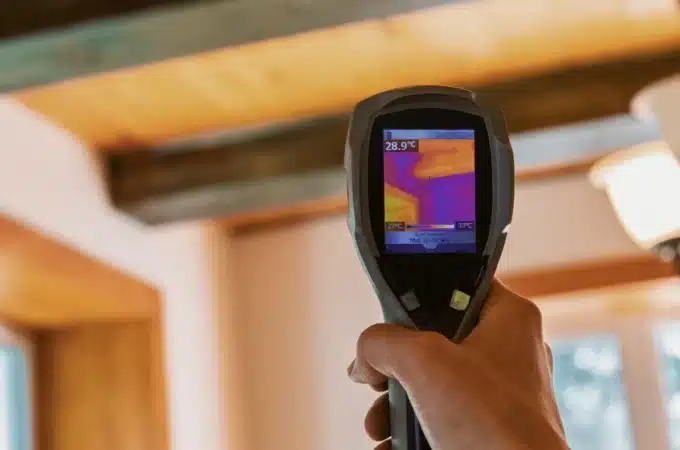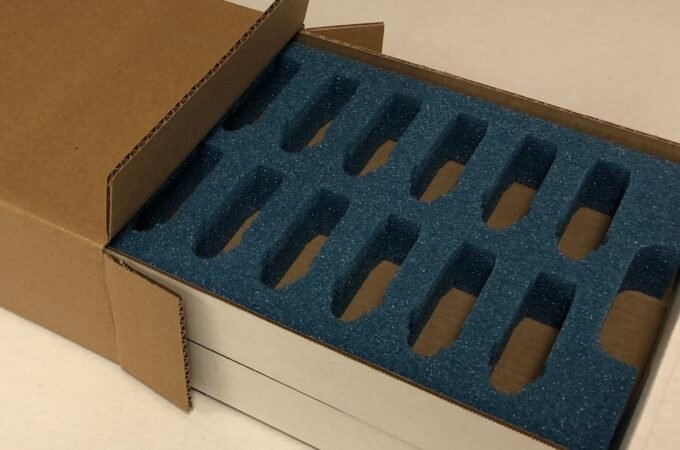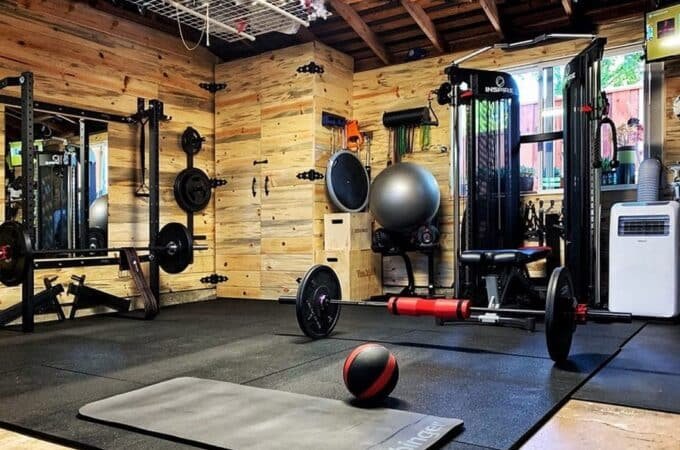
FAQ On Environmental Site Assessment
Maybe you are still confused about Environmental Site Assessment and need to know more about it. This article is meant to answer most frequently asked questions on ESA. The frequently asked questions on this article are aimed at providing information and details about Environmental Site Assessment, Brownfield contaminants, and different environmental authorities concerned with environmental regulation. If you think you need an ESA, you can try Ortam group phase 1 environmental site assessment for the best experience.
#1: What exactly is a Phase 1 Environmental Site Assessment?
Most of the stakeholders concerned with real estate transactions are familiar with the Phase 1 Environmental Site Assessment (SEA), a routine study conducted as due diligence involved in the transfer of ownership, development or financing. In short, a Phase 1 SEA is a literature review of a property’s historical land uses and a visual inspection of facilities to discoverany potential or actual causes of environmental contamination. A Phase I ESA does not involve sampling or analysis of soil, groundwater or construction materials. These analyzes are performed in a Phase 2 EES.
#2: What is a Phase 2 Environmental Site Assessment?
A Phase 2 ESA is much more of an intrusive form of research because it includes the analyses and sampling of soils and groundwater. This type of research is conducted as a follow-up study when a Phase 1 ESA reveals potential or actual causes of contamination. Groundwater and soil samples are collected from wells or test wells, and the scope of work may vary from a few advanced holes around a multi-dozen underground storage tank (UST) to many other holes, resulting from a thorough investigation to determine the degree of soil or groundwater contamination already confirmed.
#3: What properties would guarantee a Phase 2 ESA?
Direct examples are sites with underground storage tanks (UST), such as service stations, apartment buildings or automobile service garage,dumping or filling sites; sites meant for degreasing operations dry cleaning facilities or degreasing operations and transfer stations and waste management facilities. Others include sites with high industrial use such as smelters, engineering works, power plants, gas plants, distribution sites, oil storage, petrochemical industry, chemical manufacturing, waste incineration, and textiles. In fact, under Ontario Regulation 153/04 of the Environmental Protection Act (EPA), there are now 69 activities identified as potentially polluting. If any of these related activities occurred on or near the property in focus, a recommendation from Phase 2 of the SEA would be likely.
#4: Why would you conduct a Phase 2 SEA?
As a real estate agent or seller of a property, it is up to you to know if your site is contaminated, so that you have the opportunity to clean up the contamination before putting the property for sale. As a potential buyer, you want guarantees that the property has a clear title before closing the deal, in order to maintain its market value. A phase 2 SEA pre-purchase will also indicate whether a site is simply an environmental liability if it is found to contain soils or groundwater that is contaminated and thus may require a costly cleanup operation.As a real estate developer, you might consider changing the zoning of the property to make greater use of it and ensuring that provincial regulations are used to facilitate a building permit application. Being a mortgage lender, no doubt, you will want your guarantee to retain its value.






